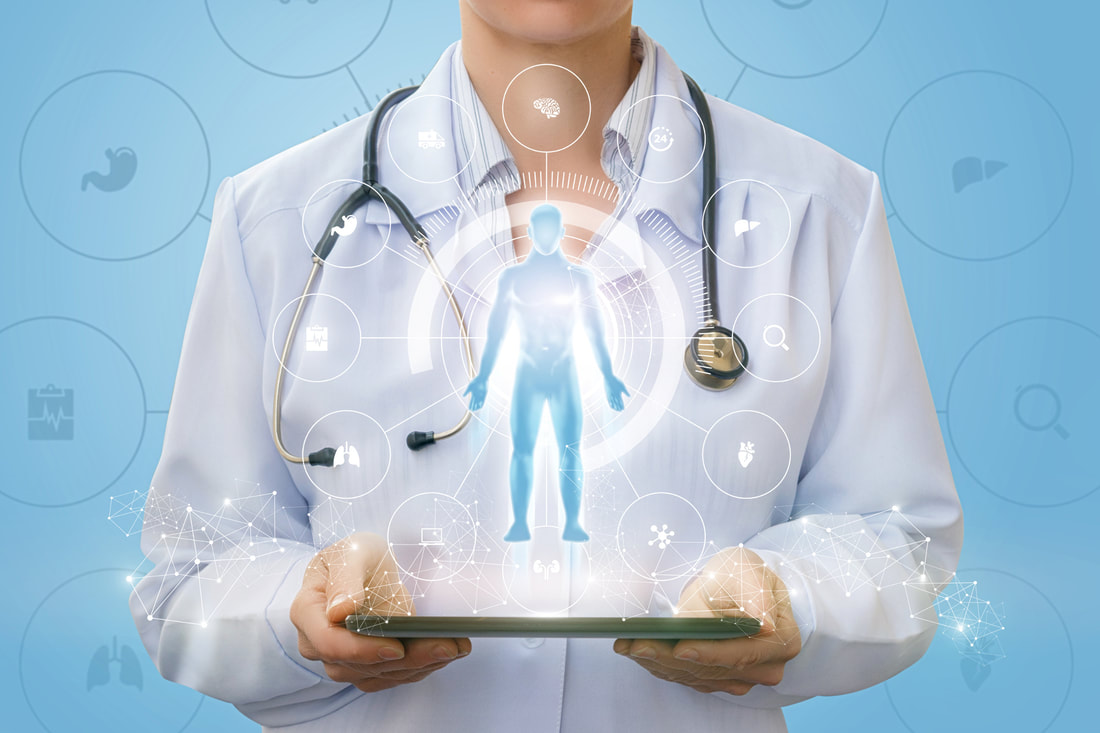Ronit Mor, NDIf you browse the magazine aisle at your local supermarket, then it’s easy to see this world is caught up in trends. Fads are plastered all over social media, showcased on commercials, and broadcasted pretty much everywhere we go. But be careful, just because something may be labeled a temporary fad doesn’t mean it is. Concerning detox, it may be currently trending on Twitter, but the reality is, it’s been practiced for thousands of years.
From the ancient Chinese practice of acupuncture to the Native American sweat lodges, humanity has been utilizing detox techniques to rid the body of unwanted pollutants. Russell Skinner, MDWhen the subject of detoxification is mentioned, the first thing that comes to mind is cleansing the body through diet. While the foods you consume are crucial to your overall health, there’s more to the detox process than just what you eat. Think bigger.
What if you could detox your entire life? Let’s start with what’s around us. Environmental toxins are everywhere—in the air, soil, water, food, and even our homes. While it’s impossible to escape pollutants entirely, the goal is to minimize our exposure. So what can be done within the boundaries of our houses? Ronit Mor, NDDetoxification is what our body does naturally to neutralize, transform or get rid of unwanted materials and toxins.
It is a primary function of the body, constantly working and interacting with all other functions of the body. Our body manufactures enormous amount of molecules on a daily basis in support of the detoxification process. Our body requires hundreds of enzymes, vitamins and other molecules to help rid the body of unwanted waste products and toxins. Although the bulk of the work is done by the liver and the intestinal tract, the kidneys, lungs, lymphatic system and skin are all involved in this complex detoxification system. Ronit Mor, NDWhat if there was one organ in your body that had the power to control the way you look, feel and think? And what if this organ serves as a common denominator for most of today’s health problems?
According to the U.S. Department of Health and Human Services, anywhere from 60 to 70 million people in the U.S. are affected annually by some kind of digestive diseases, which are all too often related to an unhealthy colon. In 2015, the CDC reported that about 3 million adults were diagnosed with IBD (either Crohn’s disease or ulcerative colitis), and this estimate does not include children aged <18 years, who may also have IBD. It is also estimated that 75% of people older than 45 suffer from hemorrhoids and 63 million people suffer from chronic constipation. The American Cancer Society projects 135,430 individuals newly diagnosed in 2017 with colorectal cancer with 50,260 deaths from that disease. |
Archives
October 2022
Categories
All
|
|
FOLLOW US
|
RESOURCES
|
©2020-2024 Ronit Mor LLC. ALL RIGHTS RESERVED
All statements on this website have not been evaluated by the Food and Drug Administration. The content of this website is not intended to diagnose, treat, cure, or prevent any disease.
All statements on this website have not been evaluated by the Food and Drug Administration. The content of this website is not intended to diagnose, treat, cure, or prevent any disease.





 RSS Feed
RSS Feed
